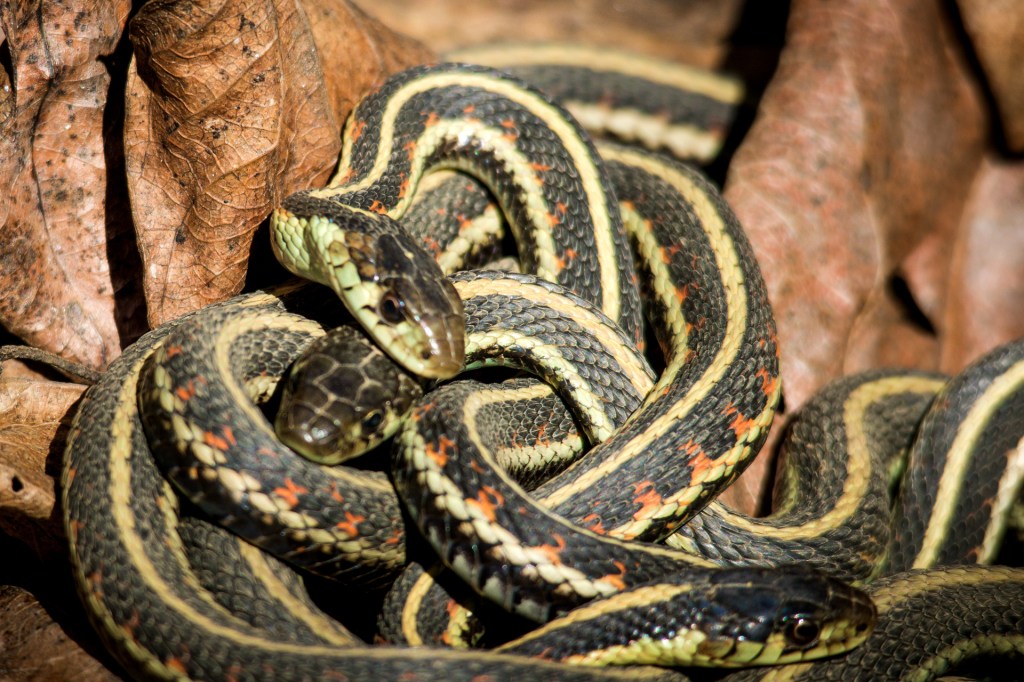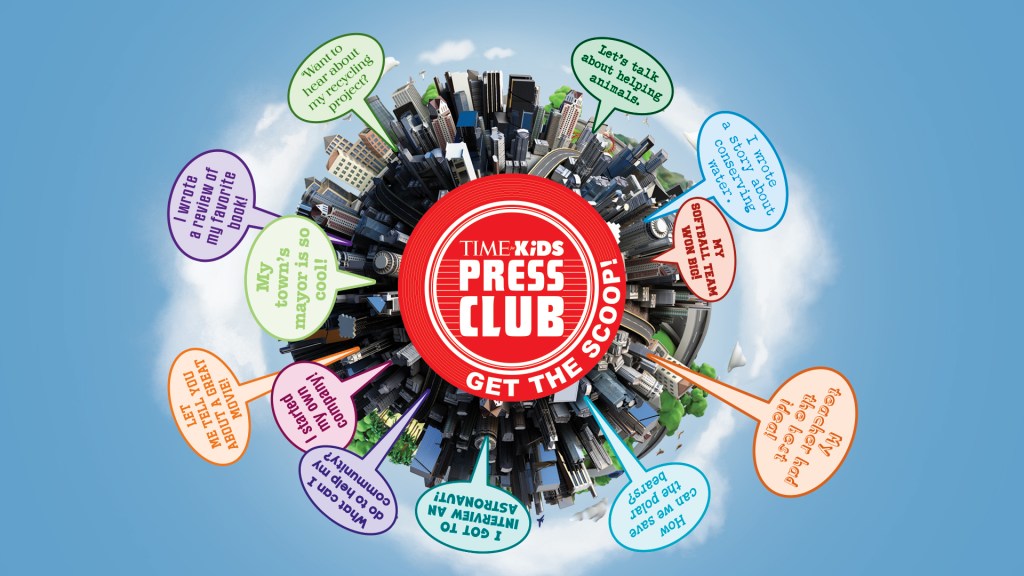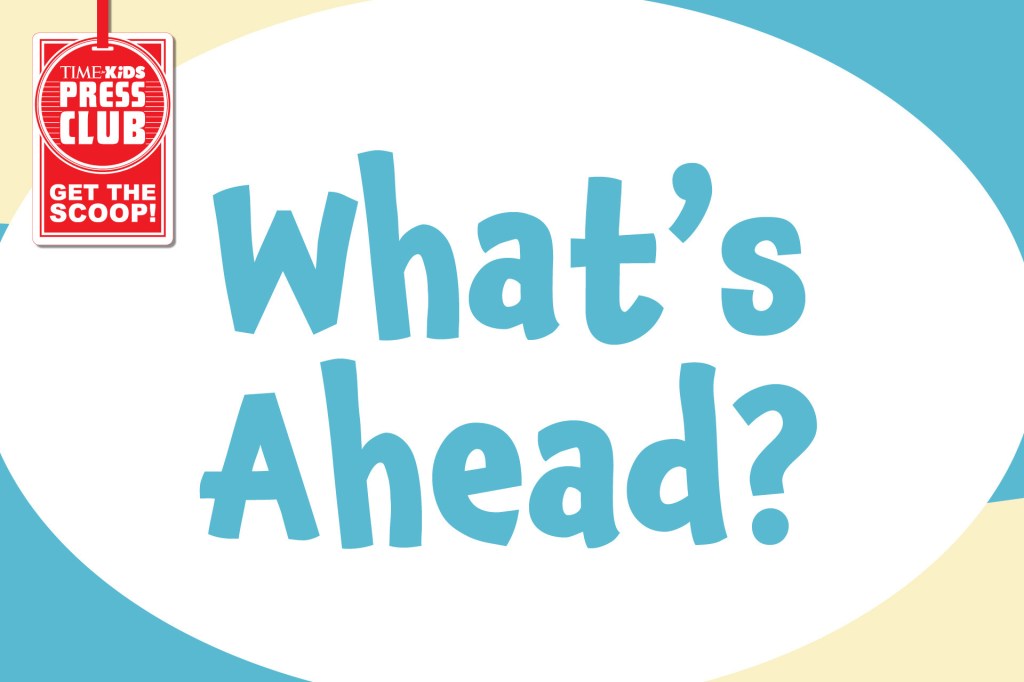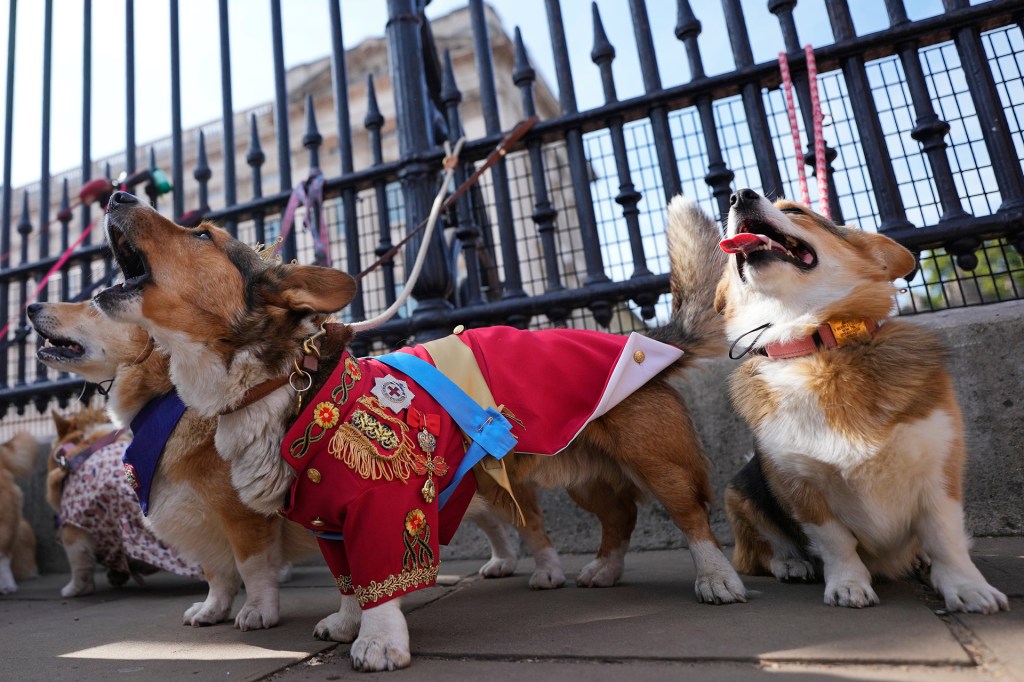Hummingbird Hues
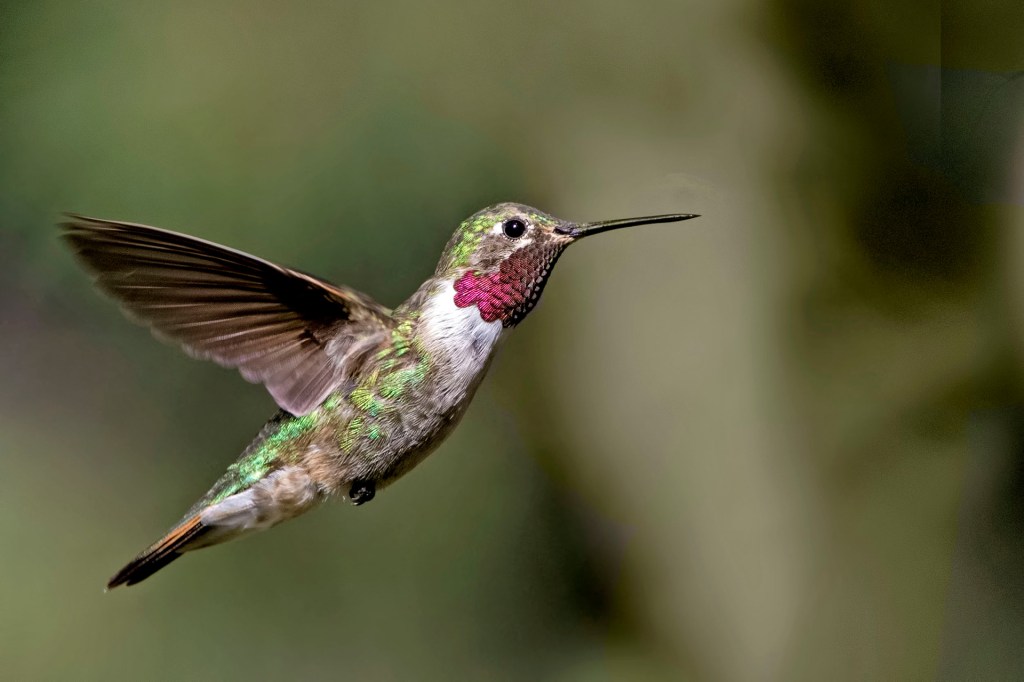
Caleb Arnold loves birds—especially hummingbirds. The 7-year-old from Slidell, Louisiana, knows a lot about his favorite fliers. “They pollinate stuff, and they’re pretty and small,” he says. But there’s one thing Caleb didn’t know: Hummingbirds see a wider range of colors than we do.
It makes sense that Caleb didn’t know this. Few people did for sure, until June 15. That’s when researchers published a report in Proceedings of the National Academy of Sciences. It confirmed what scientists have long suspected. “Birds can see a whole range of colors we humans can only imagine,” Mary Caswell Stoddard says. “They are experiencing a color world that is beyond our own.”
Behind the Science
Stoddard is an assistant professor at Princeton University, in New Jersey. She and a team of scientists conducted a three-year experiment to find out if hummingbirds are able to distinguish between colors that look identical to humans.
To understand the experiment, it’s important to know how color vision works. There are three types of tiny color-sensitive cones in the human eye. Birds, and some other animals, have a fourth. This means they can also see ultraviolet (UV) colors. “The UV cone type allows birds to see combination colors that humans can’t, like UV green and UV red,” Stoddard says. “Biologists studying birds have assumed for a long time that birds can see these, but it’s been challenging to test this idea.”
That’s exactly what Stoddard’s team did. They put two bird feeders in the wild at the Rocky Mountain Biological Laboratory, in Colorado. One contained plain water. The other contained sugar water. Both feeders held a specially designed LED light stick—“sort of a bird-vision light tube,” Stoddard says—that changed colors.
“If I showed you the UV green tube and the green tube, they’d both just look green to you,” Stoddard says. But the hummingbirds saw the difference. They could even distinguish between two shades of UV red. The scientists observed that the birds were able to use the color of the lights to find the sweet water.
Caleb’s glad scientists want to better understand birds. “Good!” he said, after hearing the news. “They’re part of nature.”

THE TEAM The researchers, including Mary Caswell Stoddard (left), at the Rocky Mountain Biological Laboratory, in Colorado.
COURTESY OF THE RESEARCHERS




